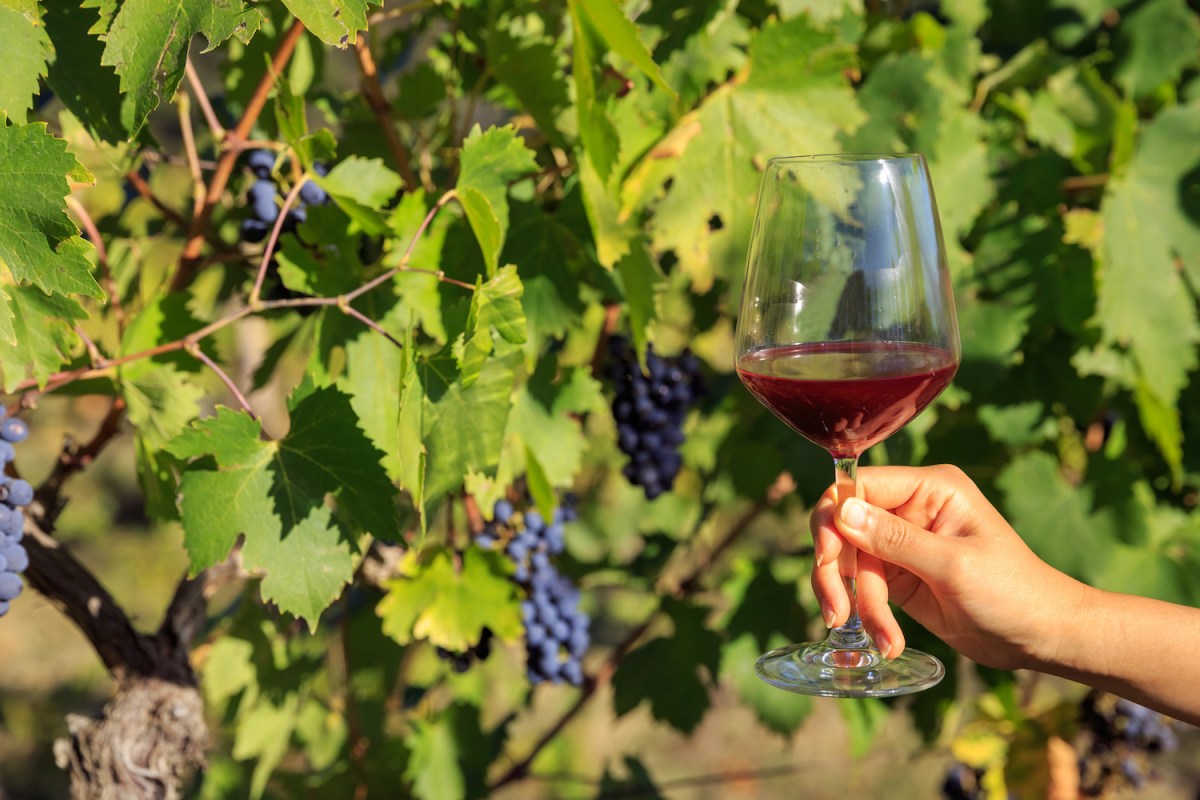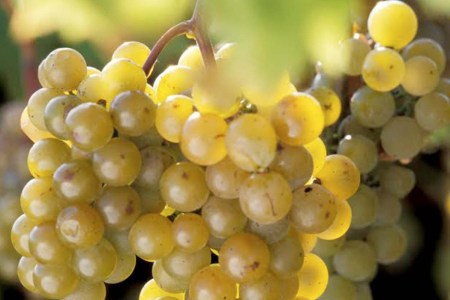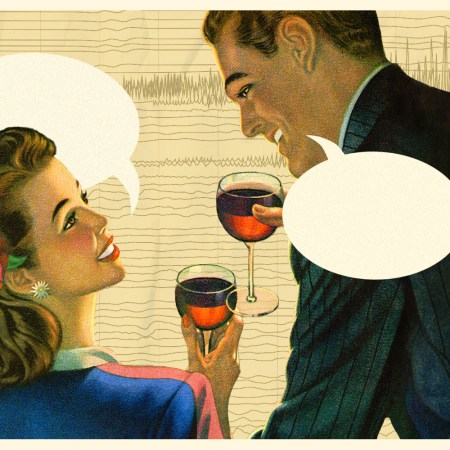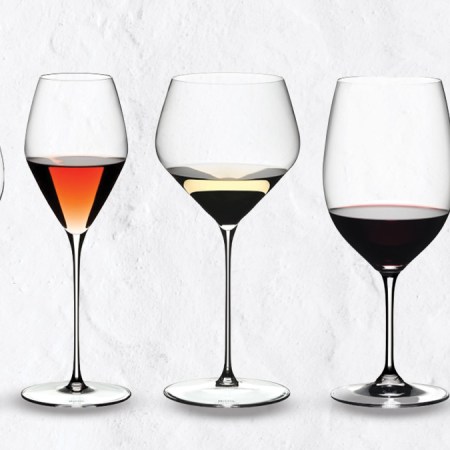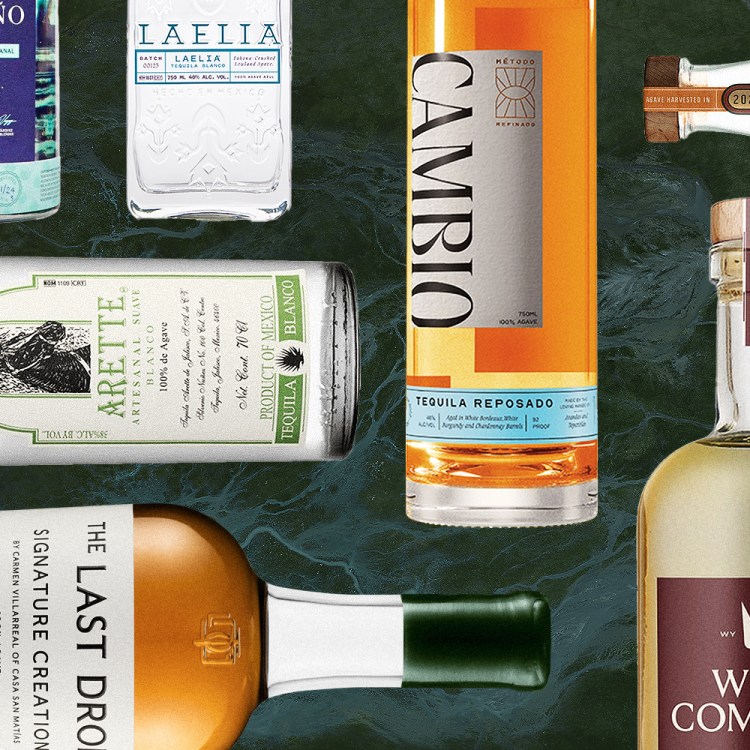After more than two decades, natural wine writing pioneer Alice Feiring is no longer excited by writing about wine. “I had something important to tell the world 23 years ago,” she says. But these days, she finds her attention pulled, instead, to writing about design, to delving into memoir or fiction. Wine profiles, she says, “are kind of dull! They’re important information that we need, but as a writer, it ain’t interesting.”
But Feiring is selling herself short. Ever-curious, it’s evident that her head has merely been turned by new voices entering the space and new challenges to the movement. She can talk at length about groundbreaking Japanese wineries like Nora Kura Winery or Takahiko in Hokkaido, about barrier-breaking Georgian winemakers, about Vermont’s pioneering women winemakers like Deirdre Heekin and Anna Travers. And it takes little pressing for her to speak for 30 minutes about all of the parts of this world that remain confusing, irksome or downright misconstrued by the mass media and most consumers.
“I think what’s different between what I’ve done and what other wine writers have done is that I’ve always tackled wine in its cultural context,” she says. “And so that is still what interests me.” Here are the things she thinks we’re still getting wrong about natural wine.
Natural Wine Doesn’t Have to Be Flawed
Picture this: You walk into a natural wine bar and order a glass of red, only to have it arrive at the table and taste distinctively of kombucha, or cider, or barn floor. We have long accepted funky flavors as part and parcel of enjoying low-intervention wine — and, unfortunately, that trend, for Feiring, isn’t going anywhere. “Right now, we’re awash in natural wine, and a lot of bad natural wine,” she says. “There’s not really enough good natural wine around.”
Unacceptable-yet-accepted traits abound, but for Feiring, there is none more nefarious than souris, also known as mouse, a common bacterial infection imparting an aroma folks compare to everything from corn nuts to mouse poop to vomit. For Feiring, its widespread acceptance among wine drinkers is “deeply disturbing.”
“I think that souris is one of the total scourges of the universe,” she says, noting that while it’s not perceptible to all — indeed, only somewhere between 30 and 50% of the population can taste it — she herself is quite sensitive to this particular flaw. And while in the past, sharing a suspicion of souris was poor etiquette, akin to “telling someone they’ve got bad breath or something,” it’s different these days. “I think there is more acceptance, and I think that’s a bad thing,” she says. “Instead of pushing winemakers to take care of their wines.”
This is especially true with souris, which, according to Feiring, has a simple solution: letting the wine sit. “If they hold it back, if it’s a certain kind of good souris, it’ll just go away,” she says. But given the current market demand, this is a tall order, leading some to split the difference by sterile filtering their “natural” wine and rendering it a mere shadow of what the movement truly stands for.
Natural Wine Can (Sometimes) Vibe With Sulfur
Natural wine was devoid of a strict labeling charter for a long time, leading to a laundry list of possible traits it could encompass. The aforementioned lack of filtering was one, hand-harvesting was another. But ask most natural wine fans to define the movement with just one characteristic, and they’ll focus on sulfur.
Indeed, while all wine contains at least some sulfur, a natural byproduct of the fermentation process, conventional winemakers add sulfites at various points in the process to preserve and stabilize the wine. The natural wine world, meanwhile, prides itself on using very low or no added sulfites, claiming that this addition “deadens” the wine’s flavor. But for Feiring, while natural wine does need to hew to certain standards, sulfur is not on her list of non-negotiables.
“Organic viticulture is probably the most important thing,” she says, citing a lack of filtration, a reliance on native yeasts and a neutral fermentation vessel. But while for Feiring, “as minimal sulfur as possible is important,” there are cases where she can let it slide. “Personally, I think that if you put a little bit of sulfur at fermentation — not enough to complicate the fermentation, but just a little bit — you don’t have the gout de souris,” she says. “So put a little sulfur in! Get rid of the souris. Which is really going to ruin your wine. And it doesn’t interfere with the complexity.”
This, she says, is far preferable to those who rely on sterile filtration, which, for her, is a truer non-negotiable. “You have those people who would rather sell their firstborn than add anything to their wine,” she says. “And then there are the people who are filtering, and using sterile filtration, but they’re not using sulfur, and they’re ‘totally natural.’”
These Lab-Grown Grapes Could Be the Future of American Wine
Baco Noir, Catawba or Cayuga? They’re elegant, exciting and climate-resistant.Natural Wine Doesn’t Have to Be Hand-Harvested
Hand-harvesting is another element of natural winemaking that some think is tantamount, and while Feiring certainly sees the benefits, she also sees one major downside: the price. “Normal people need wine to drink at a decent price, and I think that the only way to do that is with machine harvesting,” she says. “It is important to me, but you know, there’s wiggle room.”
Natural Wine Doesn’t Always Taste “Glouglou“
Glouglou is an onomatopoeic adjective perhaps best translated from the French as “glug-glug,” a term that many natural wine lovers use to describe the drinkability of those easy-sipping, ripe fruit reds so preponderant within the world of vins vivants. But for Feiring, by focusing exclusively on these bottles, we’re missing out on much of the richness low-intervention wines can offer.
“Wine has tannin, and people are like, ‘I can’t drink this,’” she says. “Which comes with a certain lack of knowledge of what wine is.” Of course, it’s not the fault of drinkers. Most wine bars, she says, are stocking very similar wines that veer towards the gluggable, but traditionally structured natural wines do indeed exist. Which leads us to our next point.
Natural Wine Can Keep
The world of natural wine has paved the way for a lot of quick-to-bottle, quick-to-drink vintages, but this is just scratching the surface of the offering. Indeed, while natural wine and vin de garde — wine that is meant for aging — often seem like mutually exclusive terms, for Feiring, “they shouldn’t be.”
“There are plenty of natural wines that are vin de garde, but right now, we’re too quick to bottle,” she says. “Twenty years ago, nobody would really put their wines into a bottle before it was stable, unless they were gonna hold them in the cellar for 10 or 12 years, the way Emidio Pepe does or La Stoppa does.” She cites, too, offerings from Pierre Overnoy in the French Jura as “definitely vins de garde,” but similar references are growing fewer and farther between. For the most part, she asserts, we’re right to drink our natural wines right away, but not because they’re natural.
Natural Wine Can Give You a Hangover
Hangover-free mornings are perhaps the most oft-cited benefit of natural wine, but according to Feiring, this magical ability is simply not the truth. “Of course people have hangovers!” she says. “I’ve seen it; I’ve felt it. If you drink two bottles of wine, you’re gonna have a hangover. If you drink a whole bottle of wine, you may not feel really good the next day.”
That said, there is a grain of truth to the fact that lower-intervention bottles may be less likely to lead to next-day suffering. “One can drink more natural wine than conventional wine and not get a hangover,” Feiring says, citing a study out of Turin that seems to indicate that the body metabolizes the alcohol in natural wine more easily than in conventional wine. “So there is some truth to it, but I mean, it’s bullshit,” she says. “It’s alcohol, and it’s not healthy.”
Natural Wine Is Still Unconventional
Much like organic, the natural wine movement was born out of a sort of anarchist idealism, and as it became more mainstream, attempts to define and label it have reduced its authenticity into a series of boxes to tick. The result is a movement that has splintered into at least three distinct approaches.
First, “we have the dogmatists, the people who are making zero-sulfur wine before they actually have the know-how, and maybe in some vintages where they shouldn’t,” Feiring says. Many of these wines are innately flawed — or would simply benefit from a bit more time — and are contributing to the issues cited above.
Other winemakers, she says, have leaned into a softer, less radical form of the original approach. Among them, she cites Frank Cornelissen, once a movement leader and member of Les Vins S.A.I.N.S., who has since transitioned to a more toned-down approach. “The wines are more classical now, and it’s fine to like them,” she says. “But it’s really weird when you see that on a natural wine list.”
Still others, perceiving natural wine’s mainstream appeal, are attempting to jump on the bandwagon of a formerly borderline approach. Natural-washing has arrived, bringing with it “phony” cloudy bottles sporting no-sulfite stickers but devoid of the true ideals that brought the movement around in the first place. “It’s a very strange place that we’re in right now,” she says.
But the movement is not over, at least not according to Feiring.
“There are still some very hardcore people who believe in what they’re doing and believe in the basis of the movement,” she says. And perhaps most importantly, those who truly believe in the core tenets of natural wine believe in — and support — the people behind it. She cites, for example, the recent case of Benoit Courault, who she dubs a “hardcore natural” winemaker who was forced to add yeast to a recent vintage. And while added yeast is indeed one of her bugaboos, it proved essential to support him in his time of need.
“What are you gonna do?,” she says. “You’re going to really make that person lose his entire vintage, or her entire vintage? No, you do what you need to do.”
Moving forward, she says, distinguishing among these true idealists and those just jumping on the bandwagon will be the true challenge. “The major battle is going to be allowing the consumer to differentiate from the more commercial products, and there are plenty,” she says. “It’s not that natural wine is dead. Natural wine is pretty alive and well, but it’s just not a movement. It’s mainstream.”
Every Thursday, our resident experts see to it that you’re up to date on the latest from the world of drinks. Trend reports, bottle reviews, cocktail recipes and more. Sign up for THE SPILL now.
